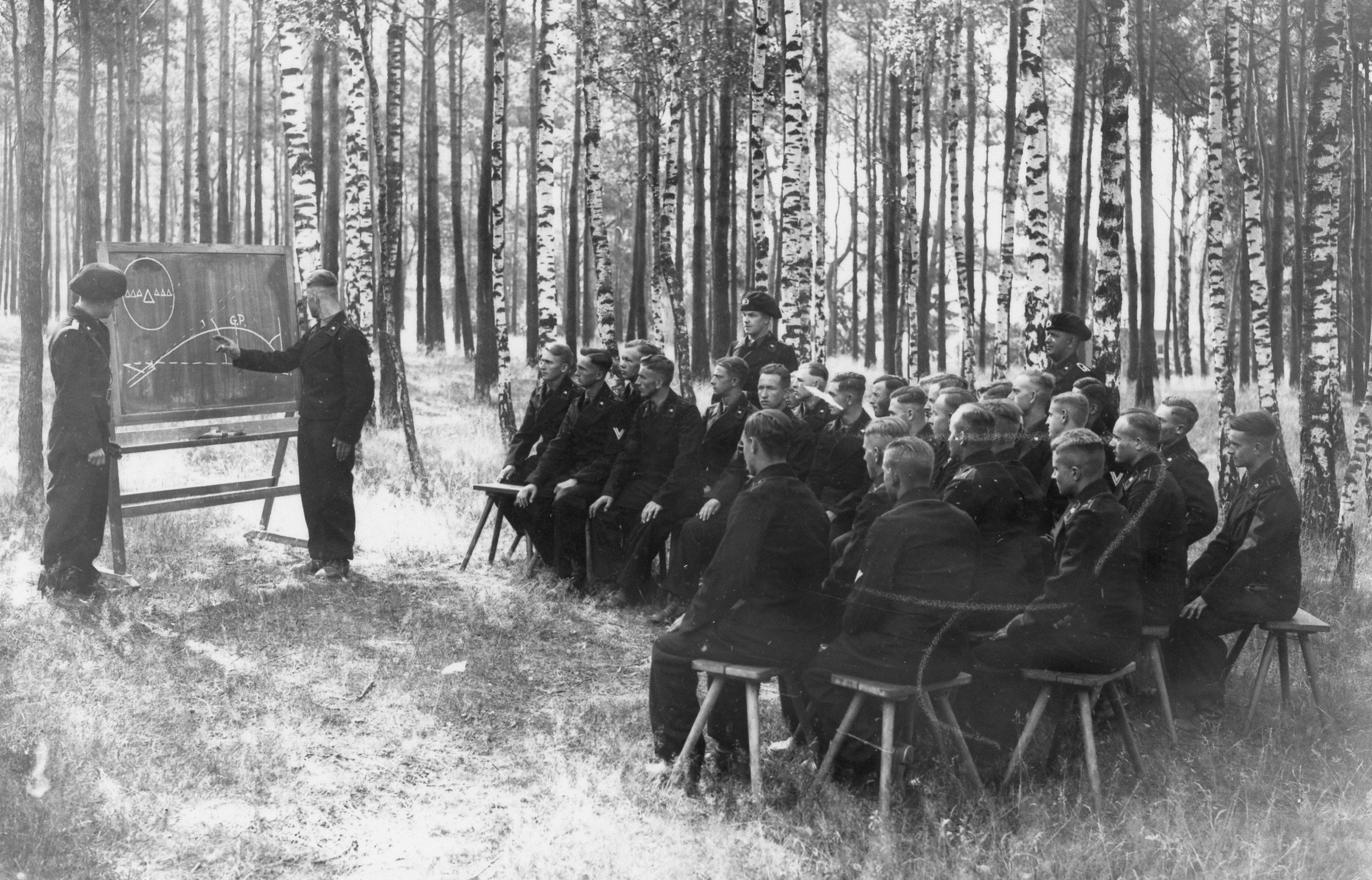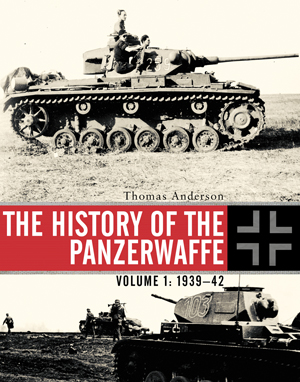Tanks were central to the German conquest of Europe in the early years of World War II, yet only a few decades before they had been left far behind by the pioneering tank corps of France and the UK. In this, the first of two blog posts featuring Osprey’s exciting upcoming title The History of the Panzerwaffe, Volume 1: 1939-42, we look at how Germany began to build their legendary armoured war machine.
Extract from The History of the Panzerwaffe, Volume 1: 1939-42 by Thomas Anderson
Heinz Guderian has always been seen as the ‘father’ of the German tank force. He was born in 1888, and served in a front-line signals battalion during World War I.
After the war he was selected for service in the Reichswehr and served briefly in Prussia, where he fought against Soviet forces menacing the fragile situation in the Baltic. After some years as an instructor at a military school in Stettin, he transferred to the motorized troops. This was an awakening for the ageing officer who maintained a youthful attitude to life. Guderian, who always showed a great interest in sophisticated technology and new tactics, finally had the opportunity to make a significant contribution to the transformation of the Reichswehr into a modern army.
After the long years of comparatively easy tasks, this was a true challenge. His experiences in World War I had left the impression that due to the enormous firepower of modern artillery, conventional offensive operations would not be feasible in any future conflict. Conversely, he was certain that only the tank would be the decisive weapon on any future battlefield. However, Guderian also realized that this would apply only under very special conditions. He demanded speed for a successful breakthrough operation and the concentration of his attacking forces against a specific target to shatter the defensive lines of the enemy.

The fast-moving armoured forces should then exploit this local success and fan out to enlarge the gap. By employing and developing these theories Guderian and a number of his staff officers began to elaborate tactics for the future, but at that time, a hypothetical German tank force.
Guderian wrote in his book:
“In 1929, I was finally convinced that Panzers could never play a decisive role if they are closely deployed with the infantry. My studies in military history, the evaluation of the large exercises in Great Britain and our own experiences with dummy tanks persuaded me that Panzers can exploit their extraordinary performance only if all associated support weapons, on whose assistance the Panzer relied, would be able to follow. Both speed and cross-country mobility of the respective forces have to be on a similar level. The Panzer must lead all other forces have to follow.
"We must not deploy Panzer within infantry divisions, and must establish Panzerdivisionen, which include all the support weapons required for a successful combat… However in 1929, Guderian had to fight against many reservations uttered by senior German military leaders, who deemed such units as Panzerdivisionen as a dream. The Reich was surviving despite a severe economic crisis as the rate of unemployment increased.”
The History of the Panzerwaffe, Volume 1: 1939-42 by Thomas Anderson will be published by Osprey on 17th December in the US and 20th December worldwide.


Comments
You must be logged in to comment on this post. Click here to log in.
Submit your comment